Tips for pruning your backyard fruit trees
By Ann Briggs
WSU Chelan/Douglas County Master Gardener


One of the great advantages of becoming a WSU Master Gardener is access to a wealth of knowledge and experience. For this week’s topic on pruning backyard fruit trees, I sought the advice of Anita Poortinga, a veteran Master Gardener and certified arborist.
As Anita explained, “fruit tree pruning is done mainly for fruit production rather than for beauty, as you would for an ornamental tree. However, done correctly, fruit tree pruning can achieve both.”
Pruning is done to direct growth, maintain tree health and manage fruit-bearing potential. According to Anita, a common mistake made by home gardeners is not pruning at all.
“When you don’t prune your fruit trees, the interior becomes crowded and there is no air flow. That can lead to smaller fruit and lower production,” she said. “Trees can also become too large for their space, with fruit only growing in the upper branches.”
For example, if left unchecked, a peach tree can grow to 25 feet, making fruit hard to access. Commercial growers keep their trees between 7 to 10 feet tall.
Generally, the best time to prune is while trees are dormant, from late winter to early spring (January to March), before the new growth starts. Avoid pruning when temperatures drop to near zero to reduce the risk of tissue damage. Plants become brittle in extreme cold and branches may snap or split unintentionally. If you wait too long and pruning is done after growth has started, it may decrease fruit production.
How much you prune depends on the type and age of the tree, but you should never remove more than one-third of the tree’s mass. Become familiar with where the fruit attaches on your variety of tree so you don’t unintentionally prune away your future fruit.
For peaches and nectarines, flower buds are produced at each node (the point on the shoot where the leaf is attached) on one-year old wood. The terminal bud (at the end of the shoot) is always vegetative.
In apples, cherries, apricots and plums, the flower buds are produced laterally and terminally on one-year-old shoots. On older wood (at least two years old), fruit is produced on long-lived spurs, which are short, compact shoots.
Here are some basic rules of pruning to keep in mind.
- Start by removing any dead, damaged or diseased wood. Remove suckers and water sprouts. Remove crossing branches and inward- or downward-growing shoots.
- Remove low branches. Any branch within about 4 feet of the ground will probably be too shaded to produce fruit and will just invite deer and other animals to come nibble.
- Keep pruners sharp and clean. Sharp pruners will result in cleaner cuts that heal more easily. By disinfecting your pruners, you’ll reduce the risk of spreading disease from one plant to another.
- When cutting a branch back to the main trunk, be sure to leave the branch collar (the raised tissue at the base of a branch where it attaches to the trunk). It has specialized cells that seal the pruning wound.
More detailed information about pruning various types of fruit trees is available online for free. “Training and Pruning Your Home Orchard” can be downloaded from the WSU Extension website: bit.ly/wsupubfruitpruning.
A WSU Chelan-Douglas County Master Gardener column appears weekly in The Wenatchee World. To learn more, visit bit.ly/MGchelandouglas or call (509) 667-6540.
